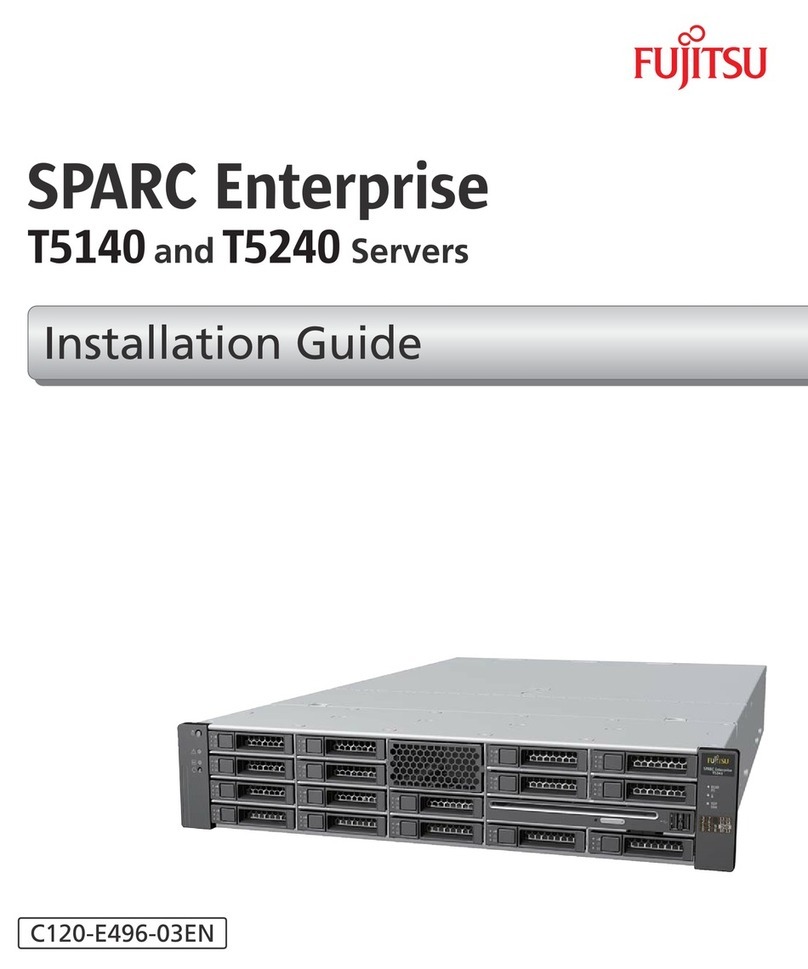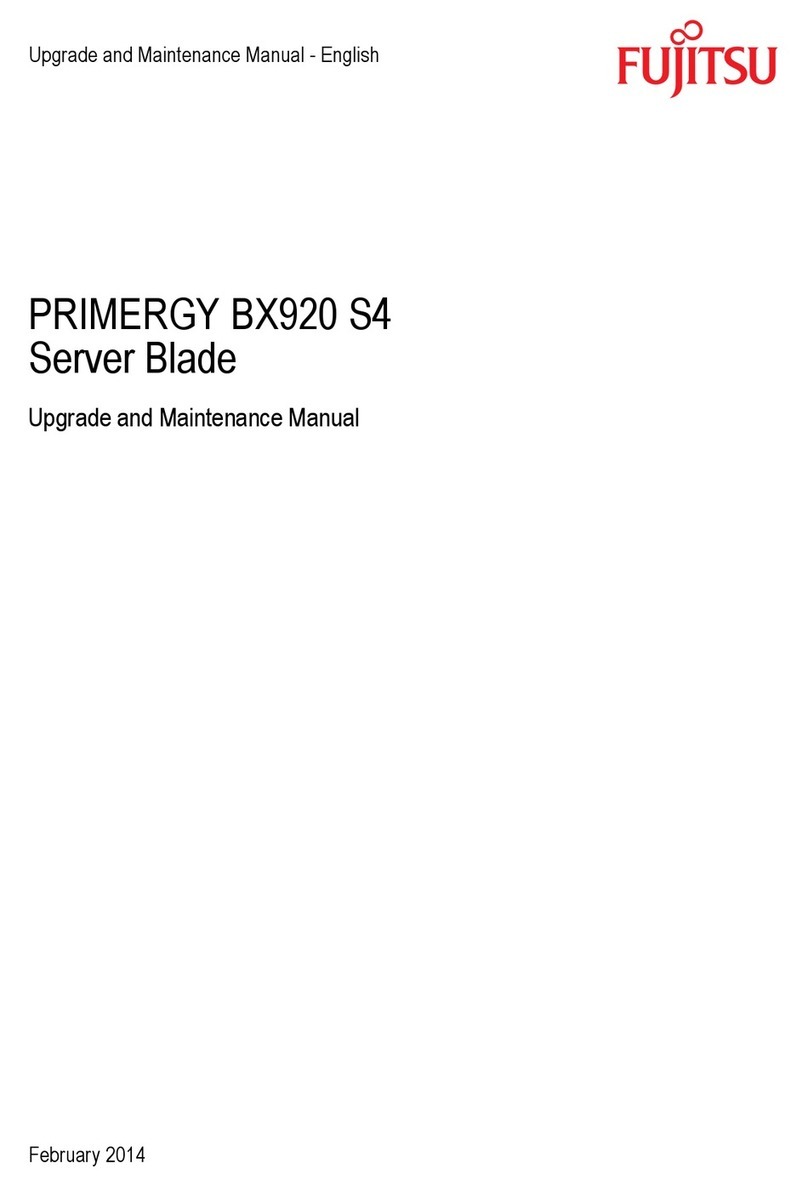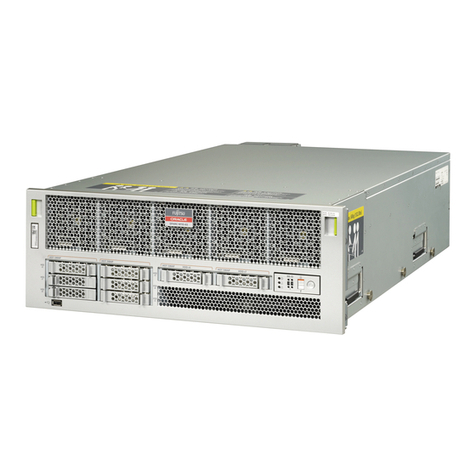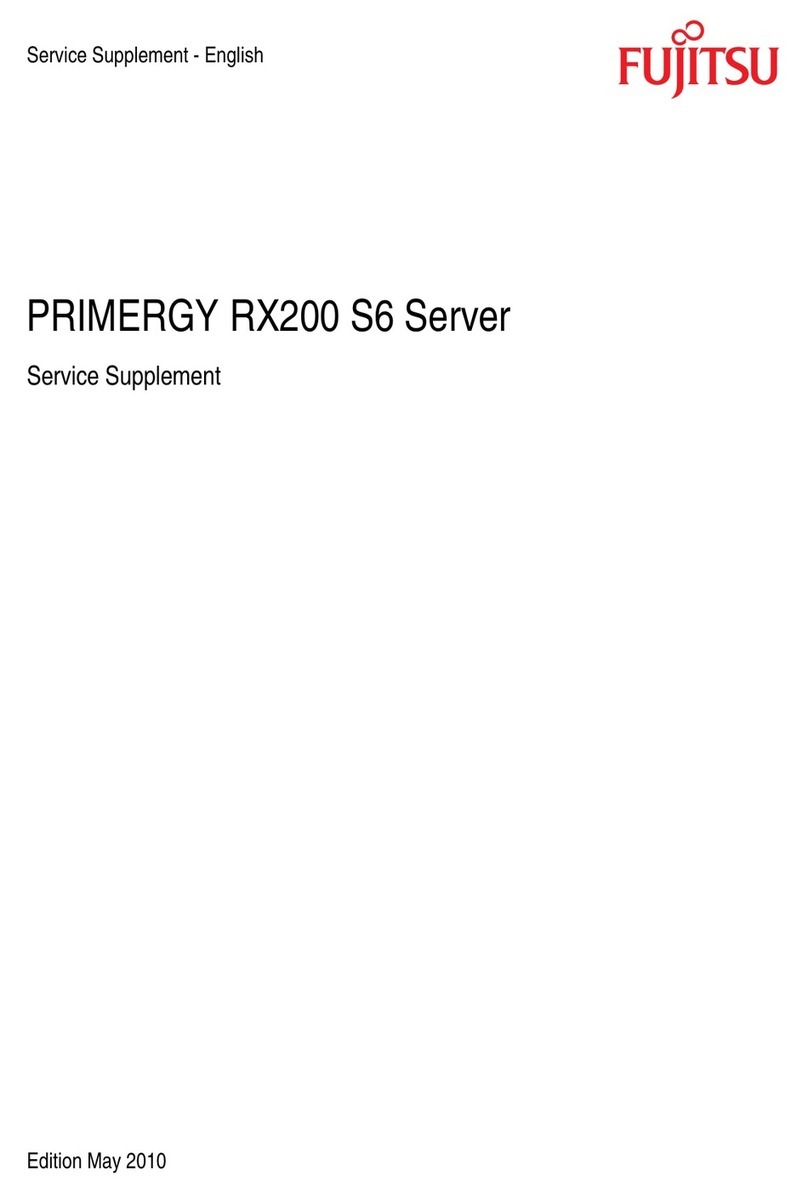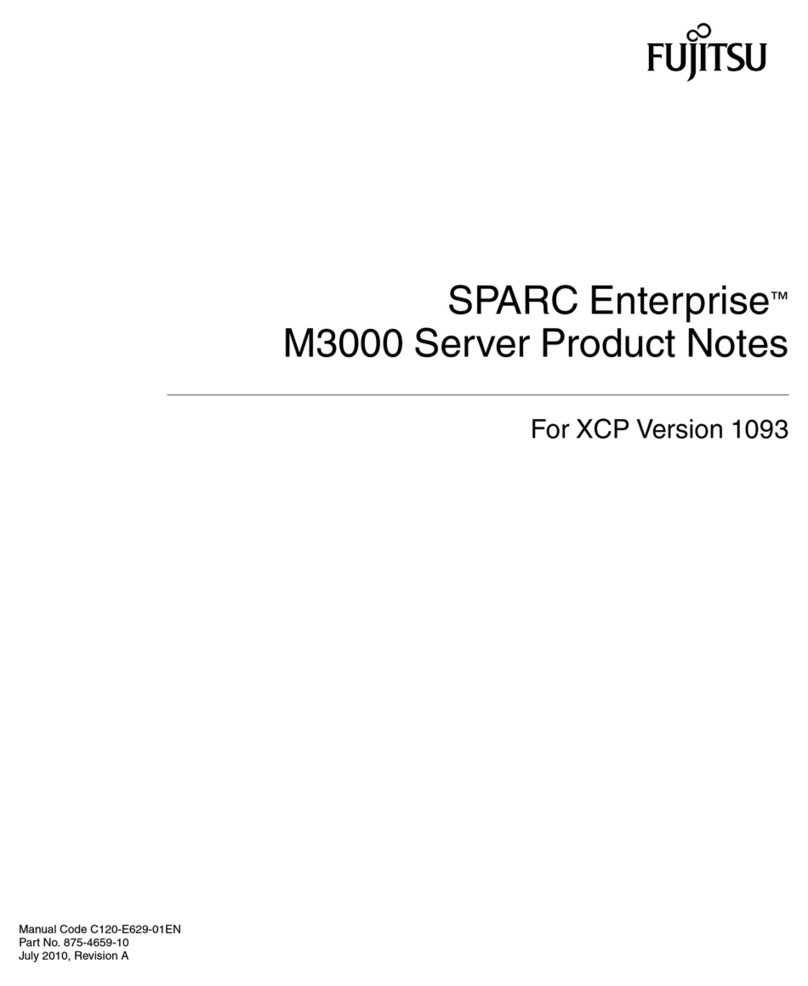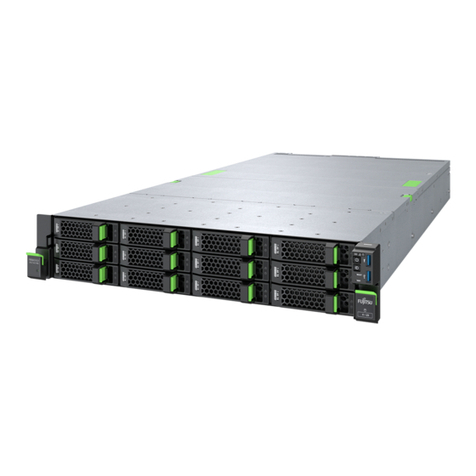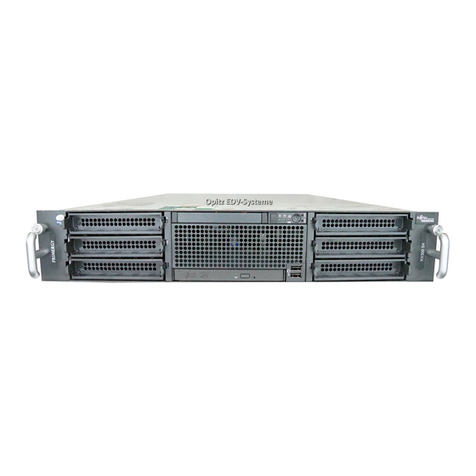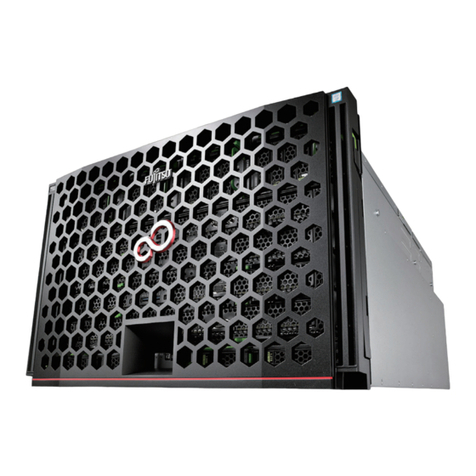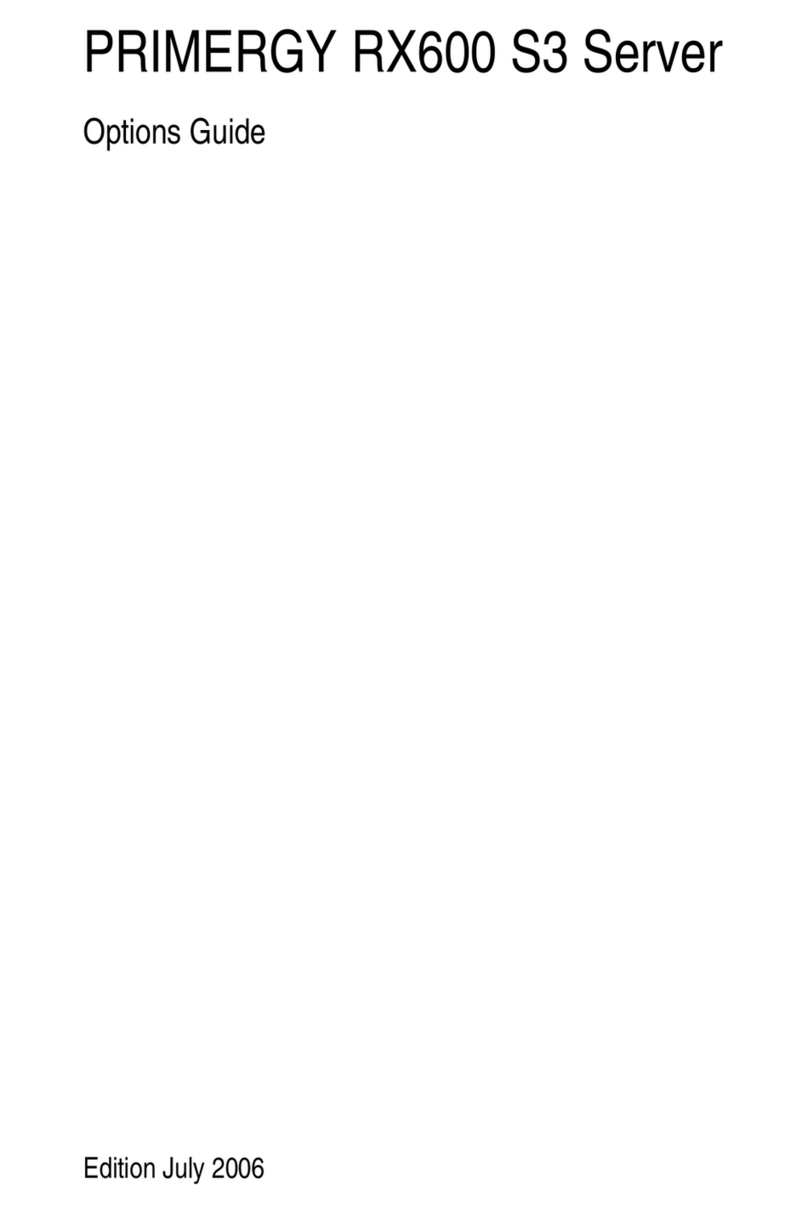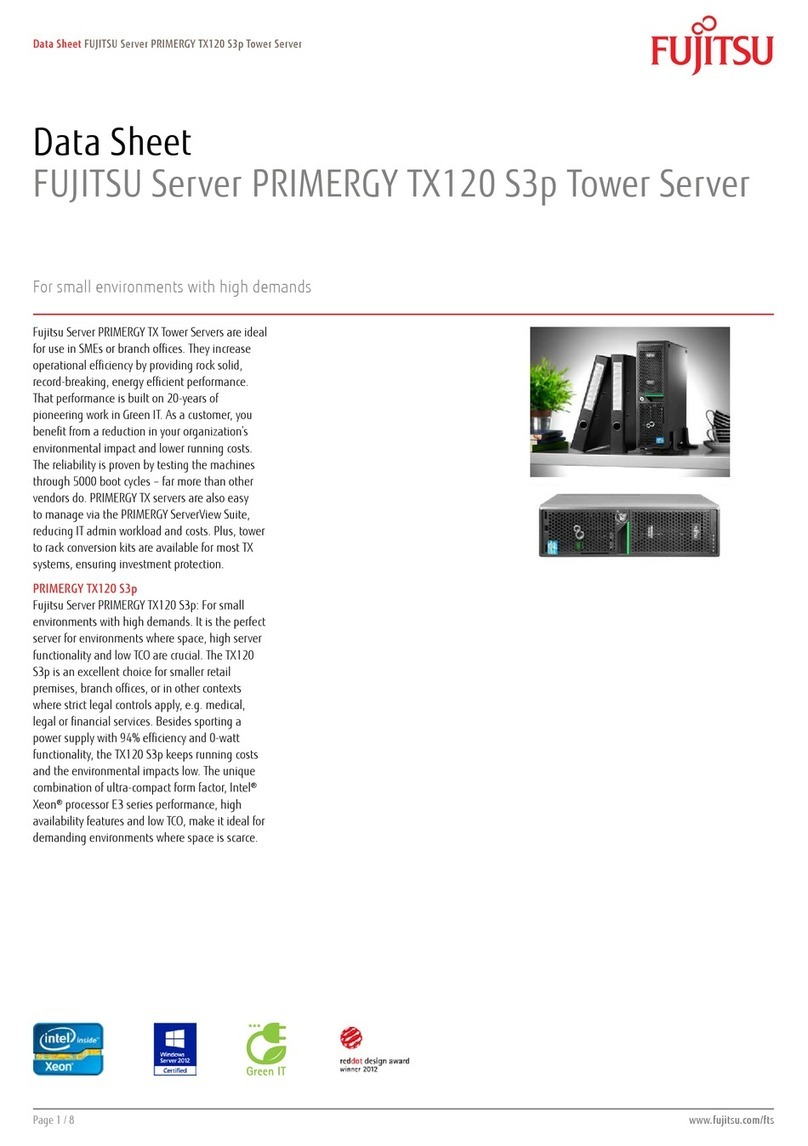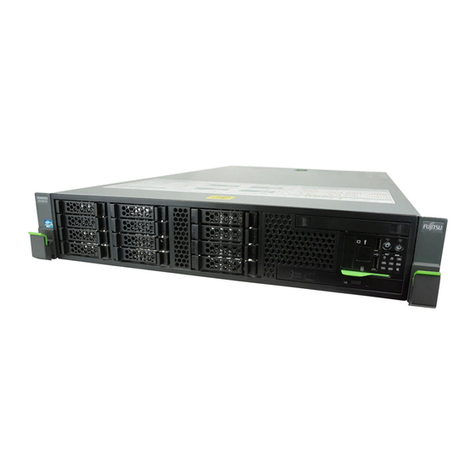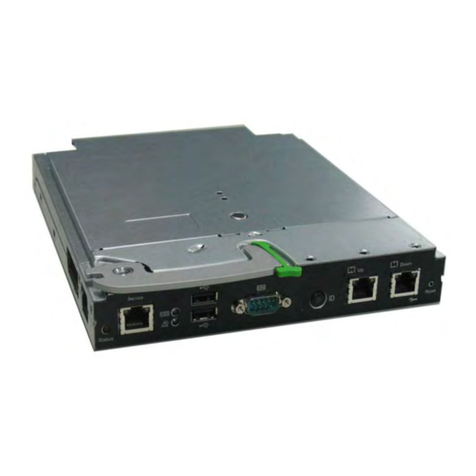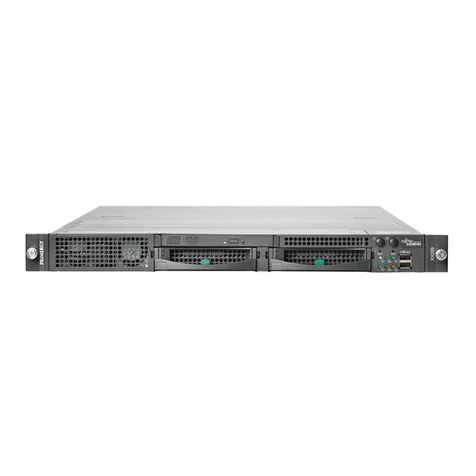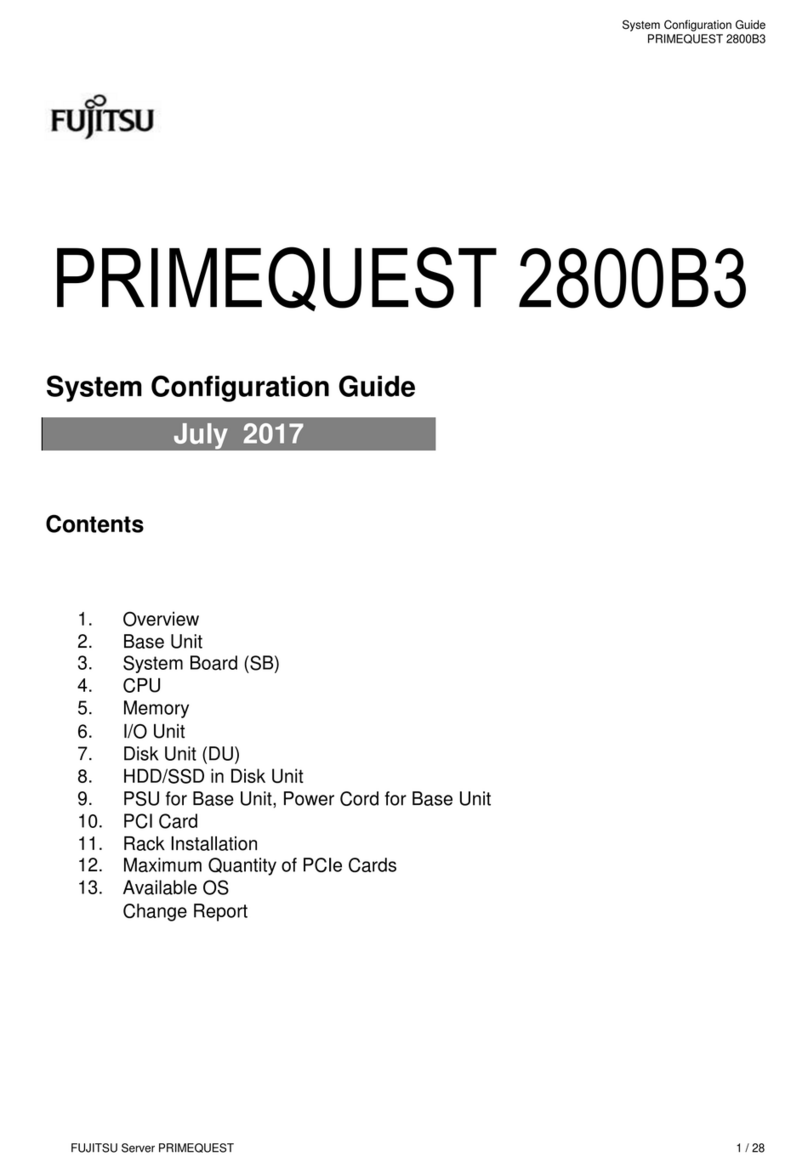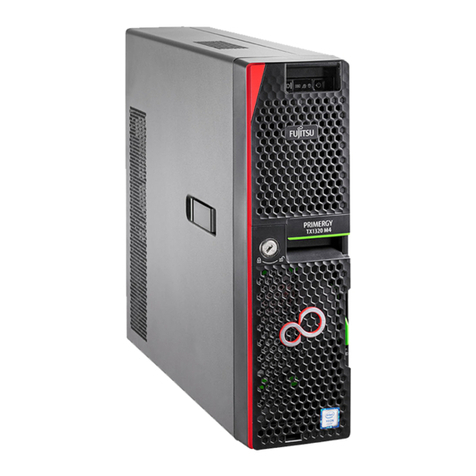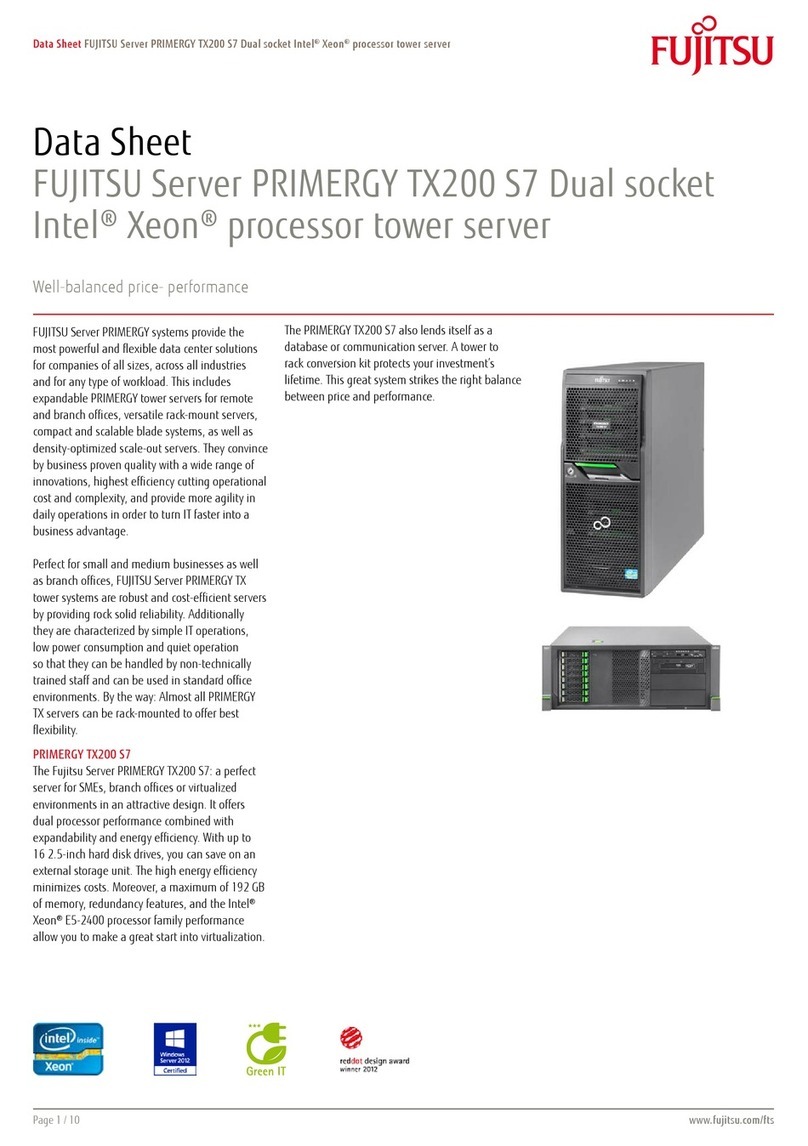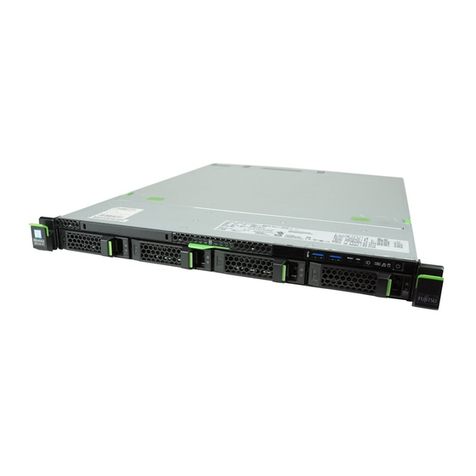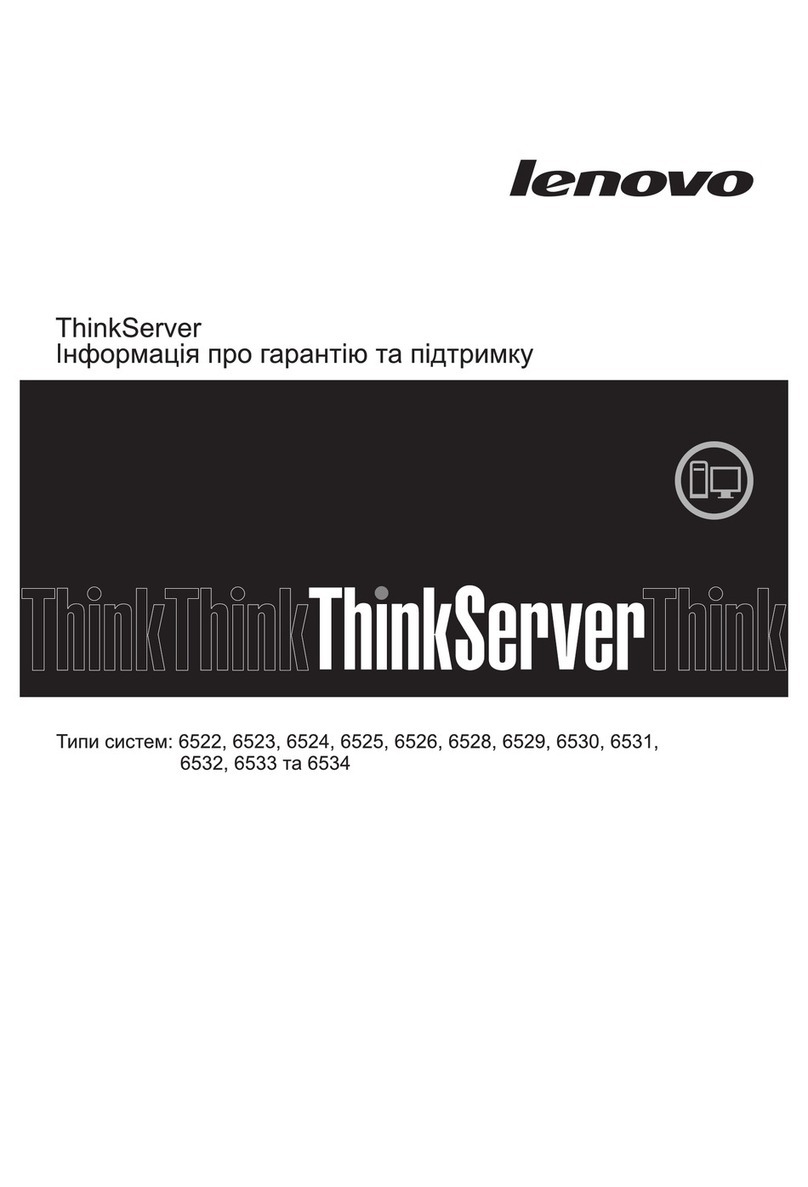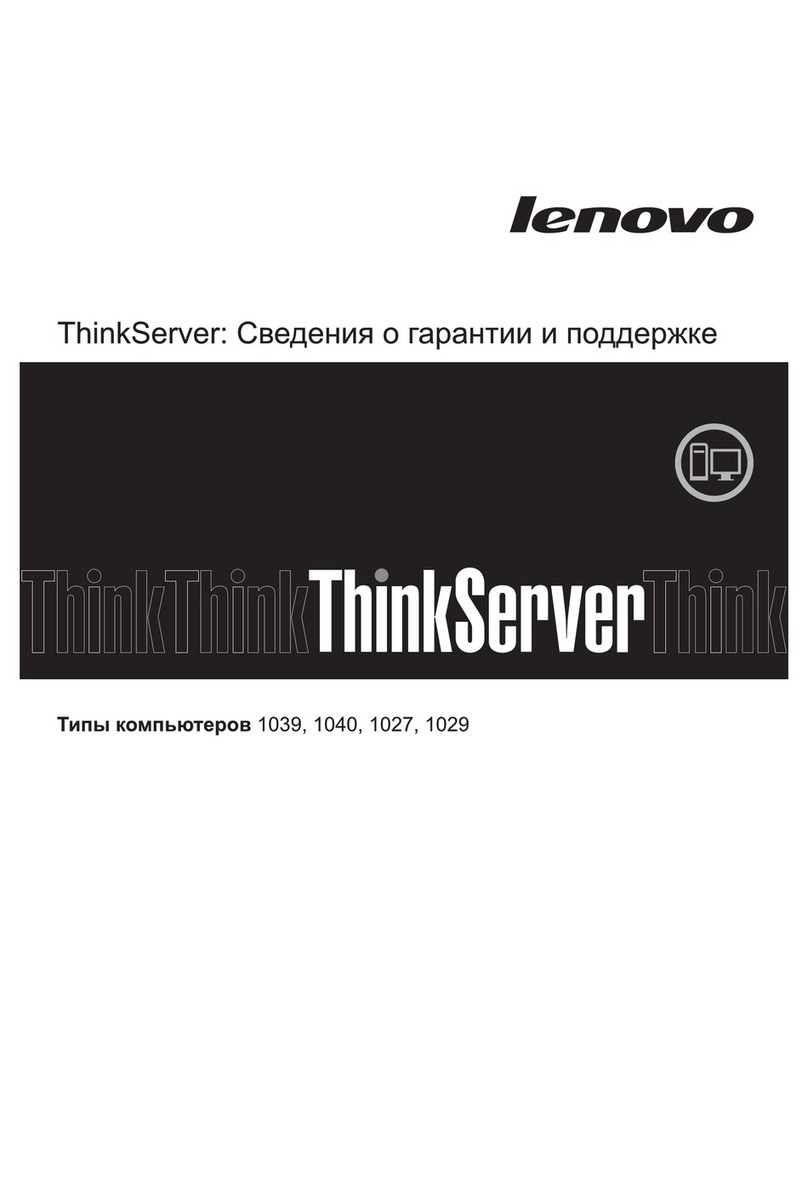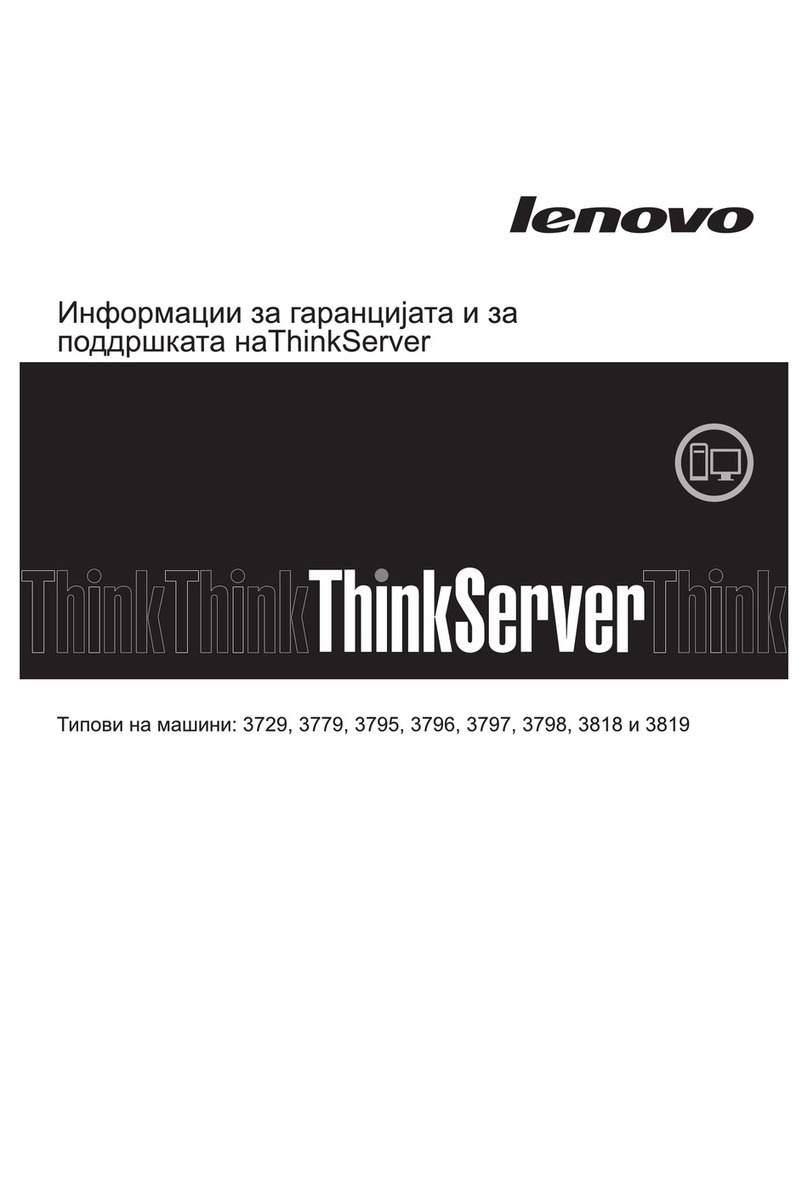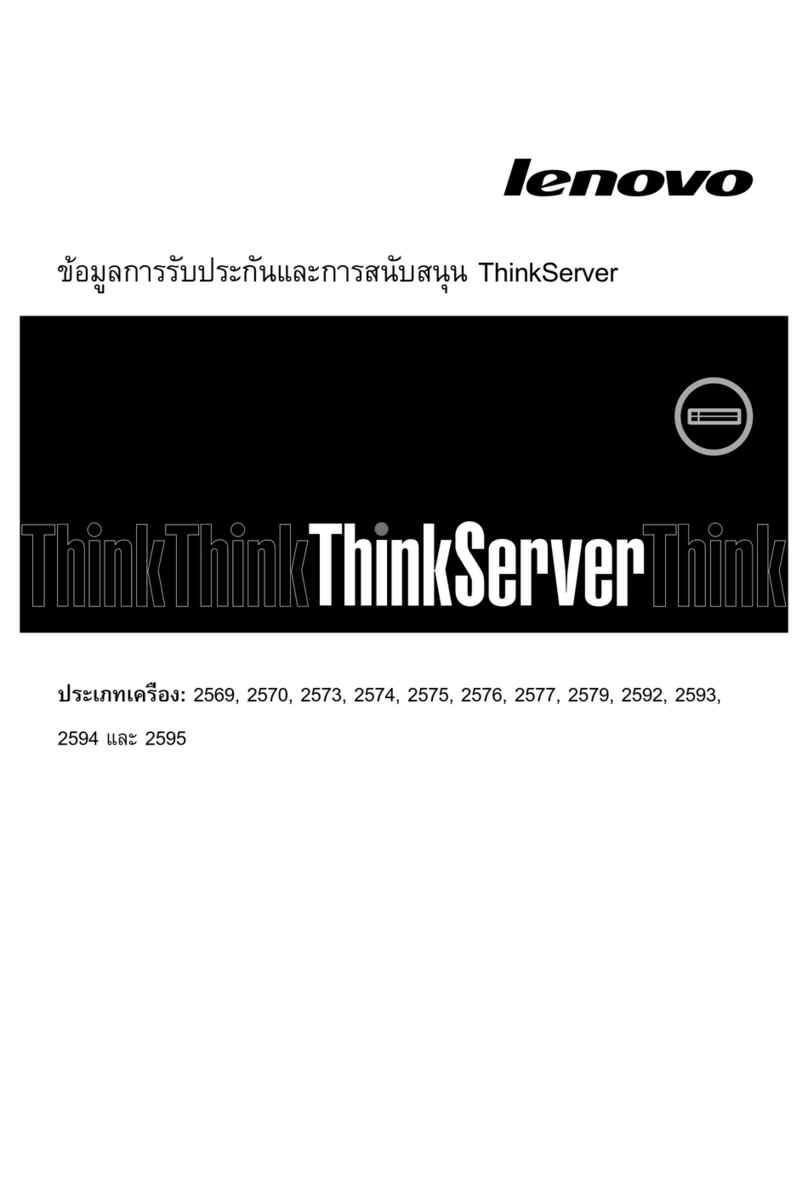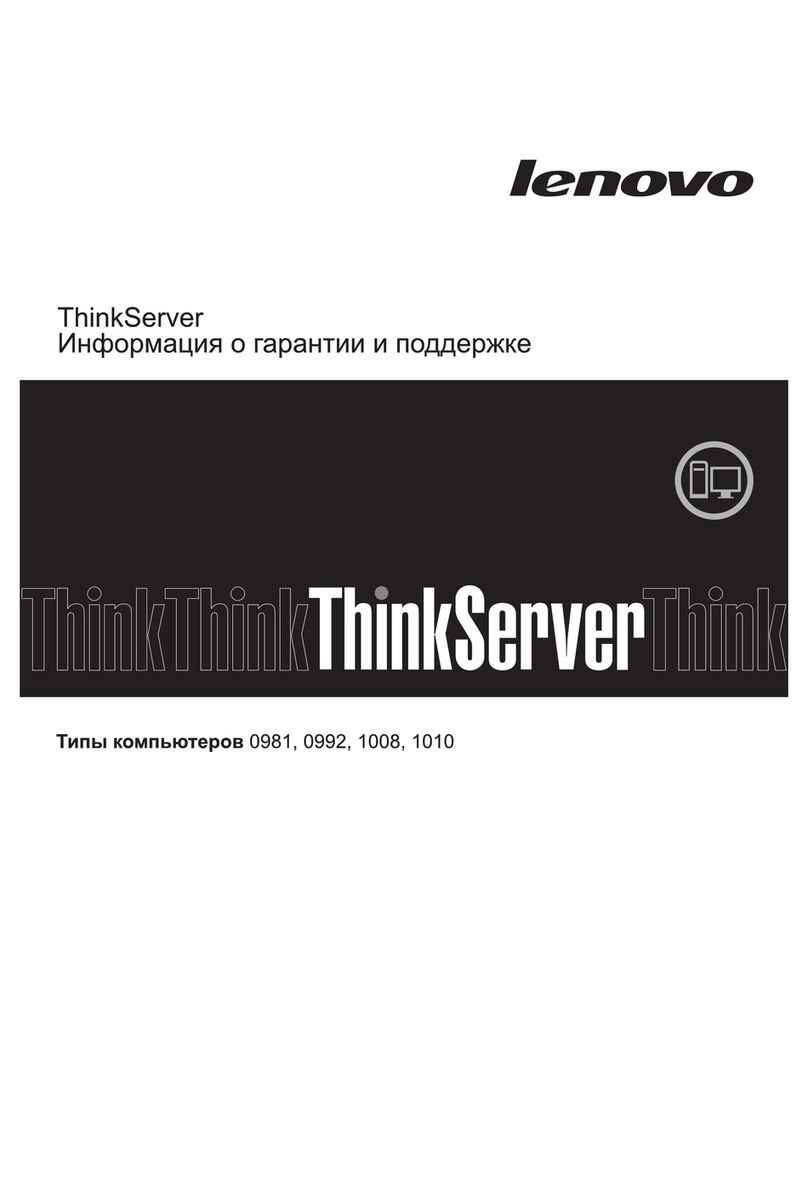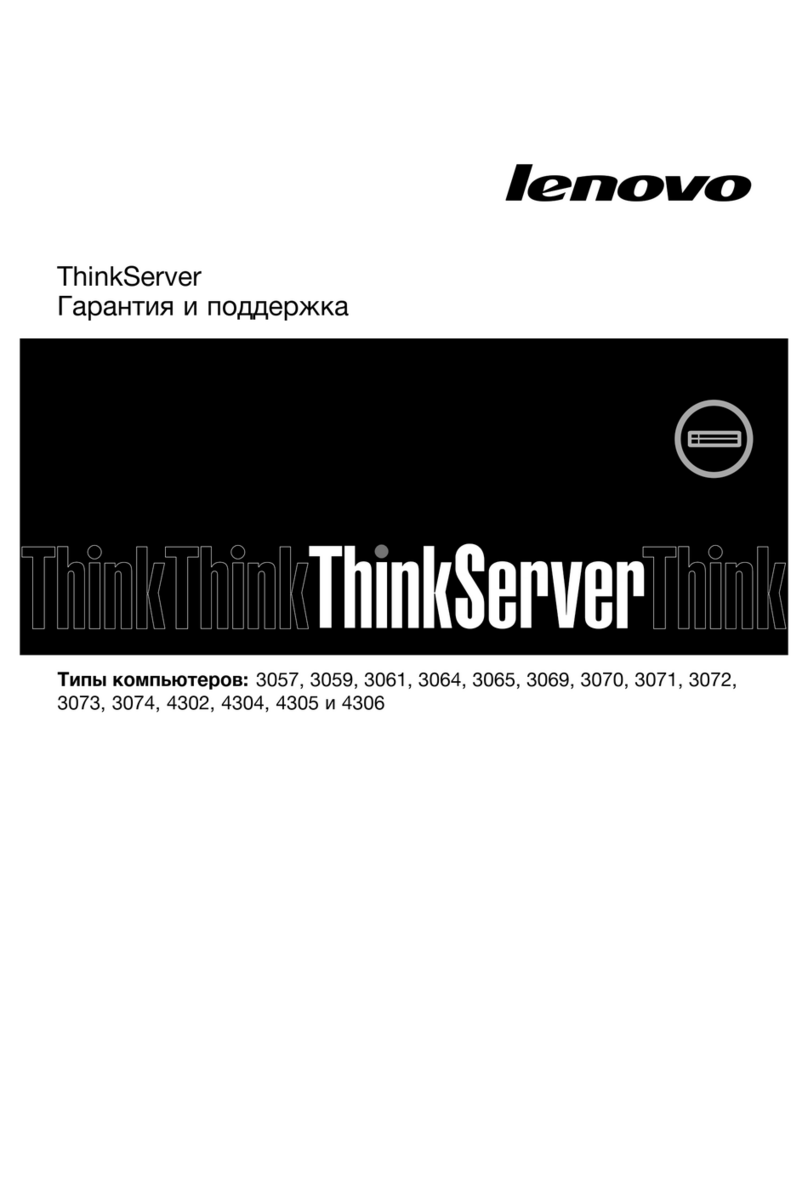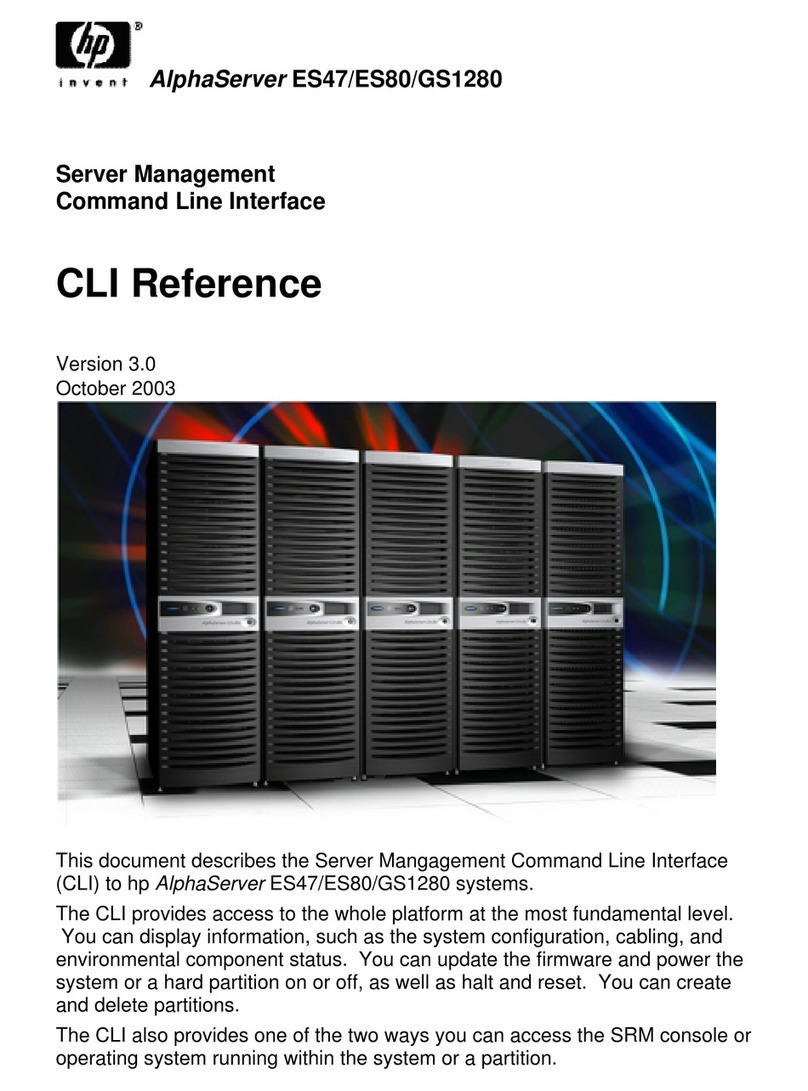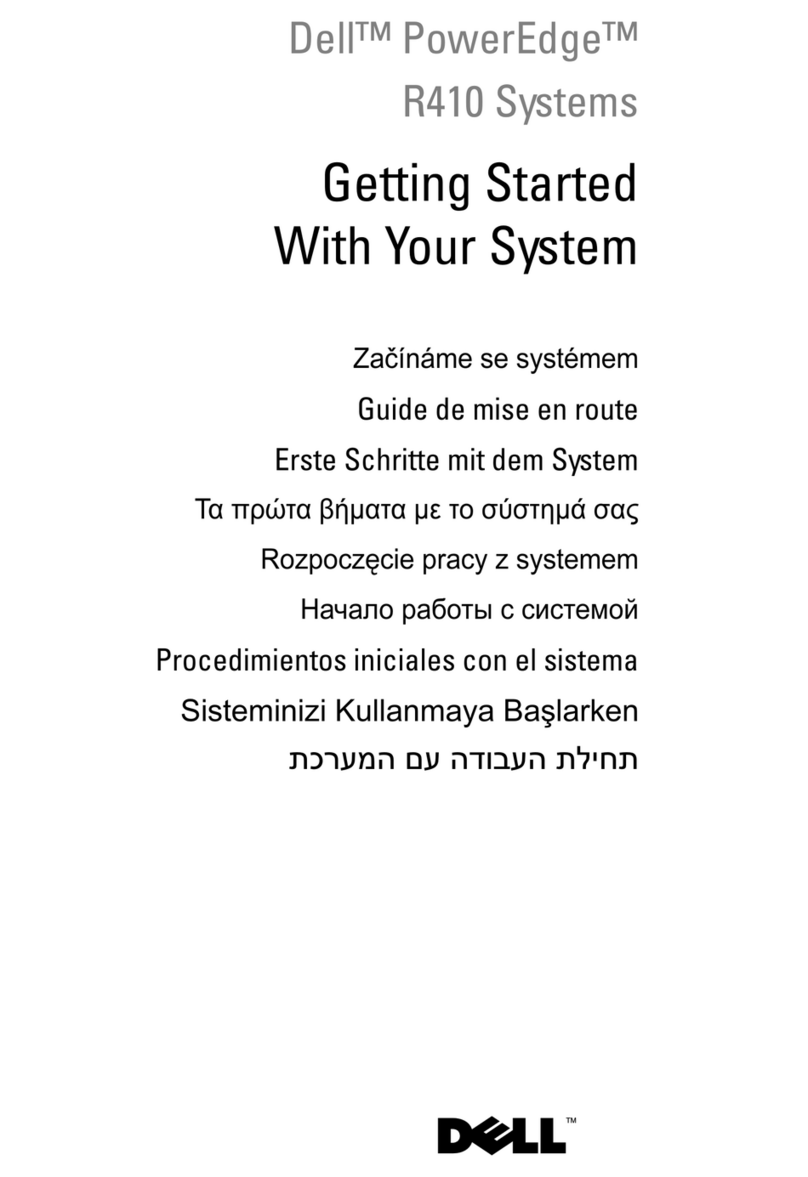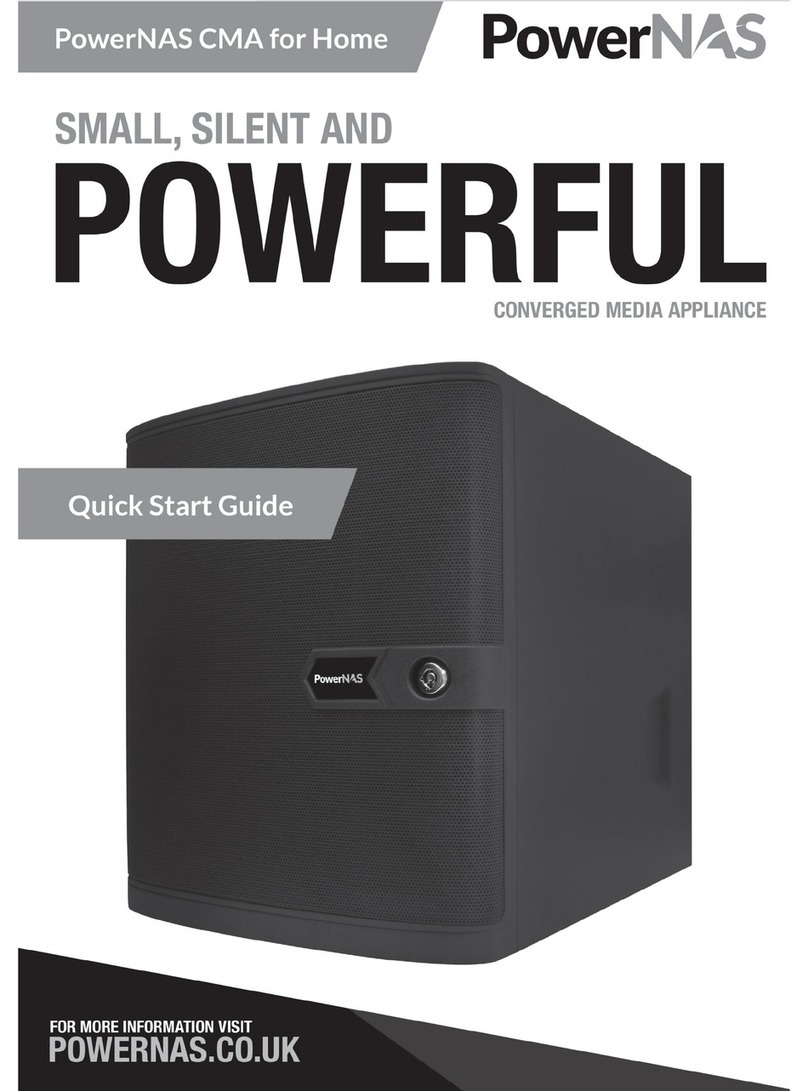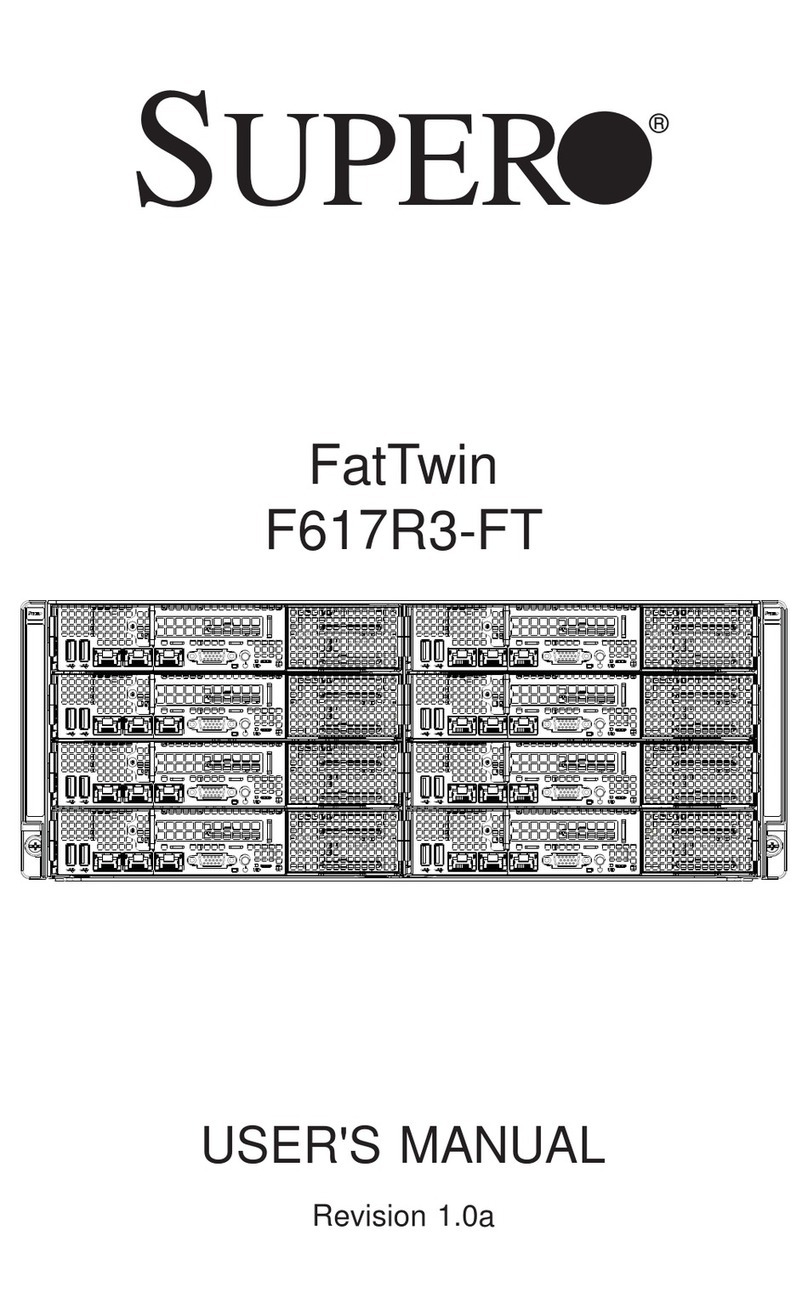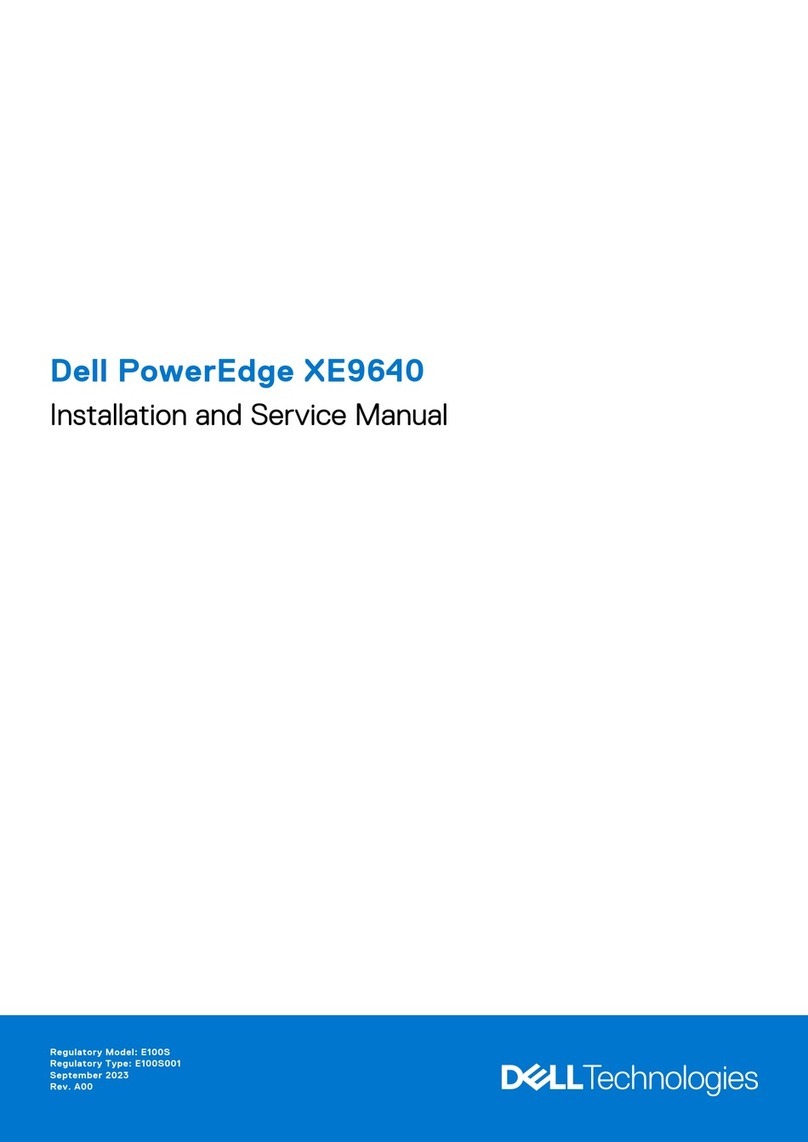
Fujitsu/Fujitsu Siemens Computers PRIMEPOWER Enterprise Servers
© 2003 Gartner, Inc. and/or its Affiliates. All Rights Reserved. DPRO-97941
17 April 2003 3
and PCI I/O slots. The system boards support up to eight 1.35GHz SPARC64 V processors and 32GB of
memory. Eight Peripheral Component Interconnect (PCI) slots (3 × 33/66MHz slots and 5 × 66MHz slots)
are located in a separate PCI assembly inside the system chassis. Each system board also supports two
10/100Base-TX Ethernet ports, two serial ports, an UltraSCSI controller, and power, console and power
management ports. The base system configuration consists of a server with a single system board, CPU,
1GB of memory and eight PCI slots. The base server also has bays for up to eight internal disks.
In addition to expanding the system by adding a second system board to take it up to 16 processors and
64GB of memory, up to two PCI/disk boxes can also be added. Each PCI/disk box has 10 PCI slots (3 ×
33/66MHz slots and 7 × 66MHz slots), eight disk bays and two serial ports. The PCI/disk boxes are 4U
high and are connected via a 1 GB/second bidirectional interconnect.
Like the PRIMEPOWER 1500 and 2500, the Model 900 has the enhanced XA crossbar. It’s not clocked
as fast on the PRIMEPOWER 900 and 1500 as on the 2500—on the 900 and 1500, the system clock runs
at 270MHz, resulting in a sustained throughput of 34.6 GB/second across the crossbar. The
PRIMEPOWER 900 has a single-level crossbar, a single backplane and a single system clock, but
features redundant power supplies, fans and disks (disk mirroring software is required for redundancy). In
addition to hot-swap disks, power supplies and fans, hot-swap PCI adapters are supported. Using the
dynamic reconfiguration capabilities of Sun Solaris, system boards can also be hot-swapped—provided
the configuration consists of two system boards. Multipath I/O is supported for systems with add-on
PCI/disk boxes to enable failover between redundant I/O adapters.
The PRIMEPOWER 900 supports two physical partitions (PPARs) and up to eight extended partitions, or
XPARs (see section on XPARs below).
PRIMEPOWER 1500
The PRIMEPOWER 1500 is housed in a large 1.8 meter-high (70.9 inches) stand-alone cabinet. It
supports up to four system boards for a maximum configuration of 32 processors and 128GB of memory.
It uses the same system boards as the 900, with up to eight 1.35GHz processors, 32GB of memory and
an eight-slot PCI assembly. System boards are interchangeable between the PRIMEPOWER 900 and
1500, but not with the PRIMEPOWER 2500. The PRIMEPOWER 1500 supports up to four PCI/disk
boxes, in addition to 16 disk bays in the base cabinet. With four PCI/disk boxes and four system boards,
the system supports up to 72 PCI slots and 48 disk bays for direct-attached disks.
The PRIMEPOWER 1500 has a two-level 270MHz crossbar. The level-1 crossbar resides on the system
boards; the level-2 crossbar interconnects the two backplanes and their system boards. The sustained
throughput of the 1500’s crossbar is 34.6 GB/second. The PRIMEPOWER 1500 doesn’t have the dual
redundant crossbar of the 2500, nor does it have the redundant clock distributors. However, it does have
redundant system control boards, a redundant internal system control LAN and remote control interfaces
to manage the power supplies of multiple I/O racks or clustered systems. The usual array of redundant
power supplies, cooling and hot-swap features are included. The Dynamic Reconfiguration feature in
Solaris allows system boards and PCI/disk box boards to be hot-swapped. It is not possible to hot-replace
the “internal” PCI I/O assemblies, but the PCI slots support hot-pluggable adapters.
PRIMEPOWER 2500
The PRIMEPOWER 2500 is at the pinnacle of the XA product line. It is available in two versions: one
supports up to eight system boards and 64 processors; the other features an extended cabinet and
supports up to 16 system boards and 128 processors. Even with its extended cabinet, the 2500
represents a 25 percent improvement in footprint size over its predecessor, the PRIMEPOWER 2000,
